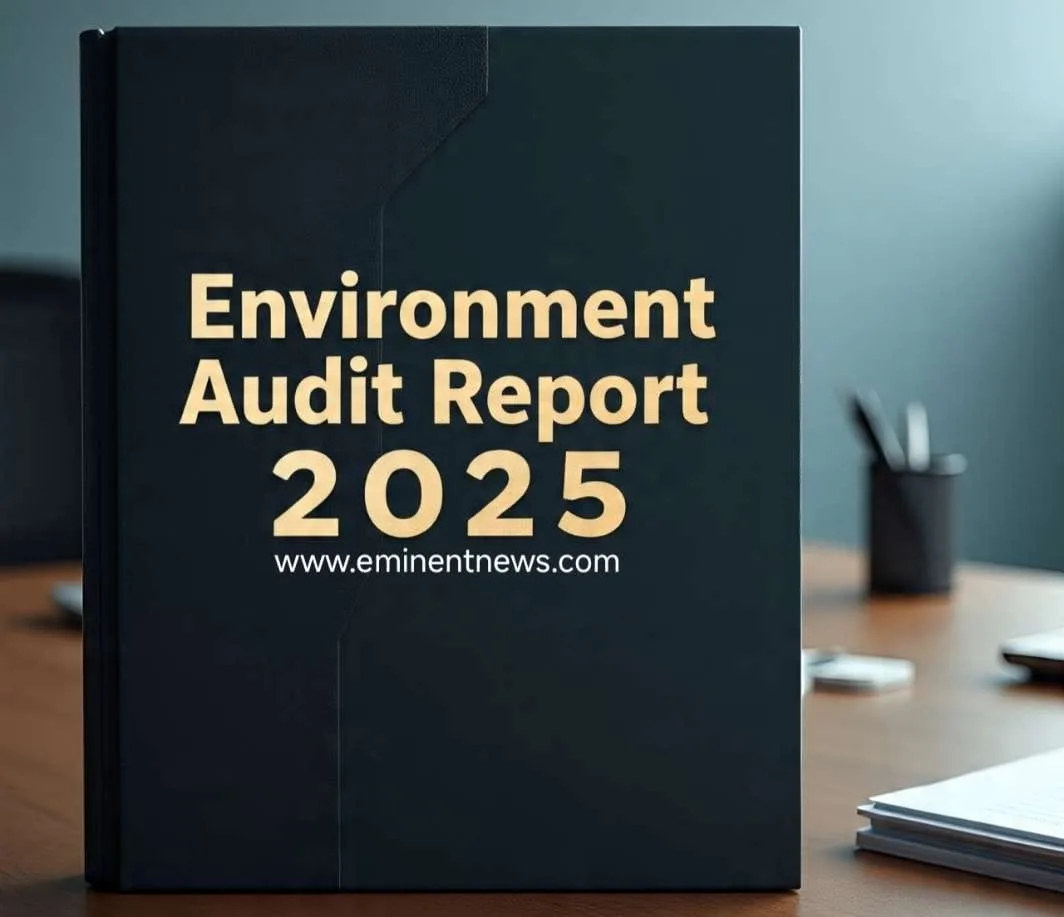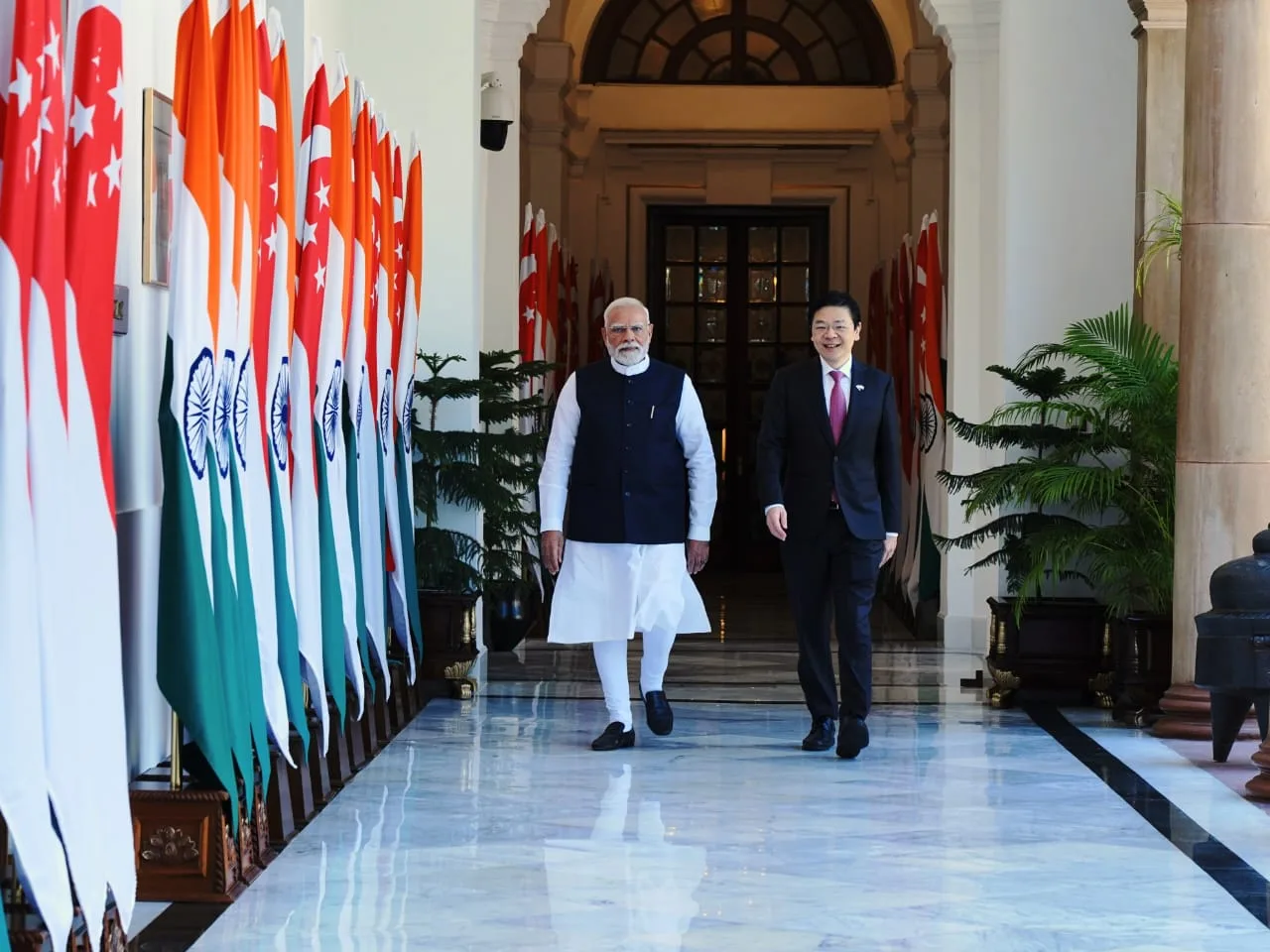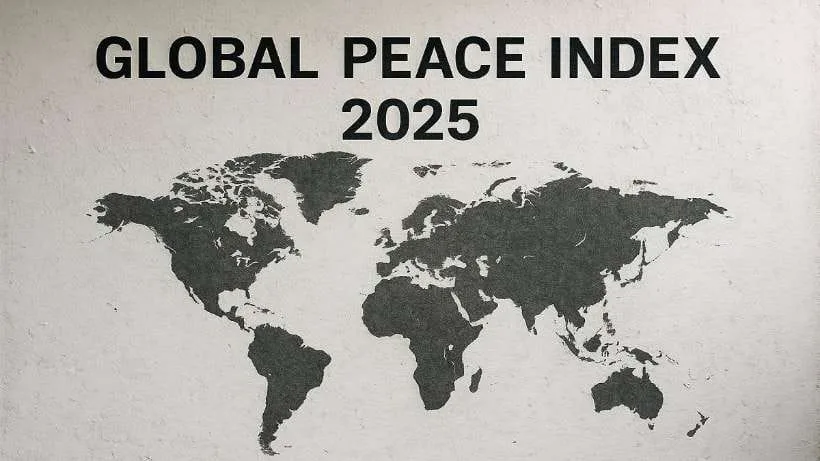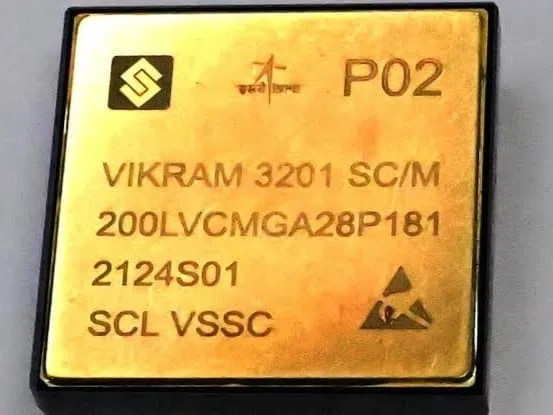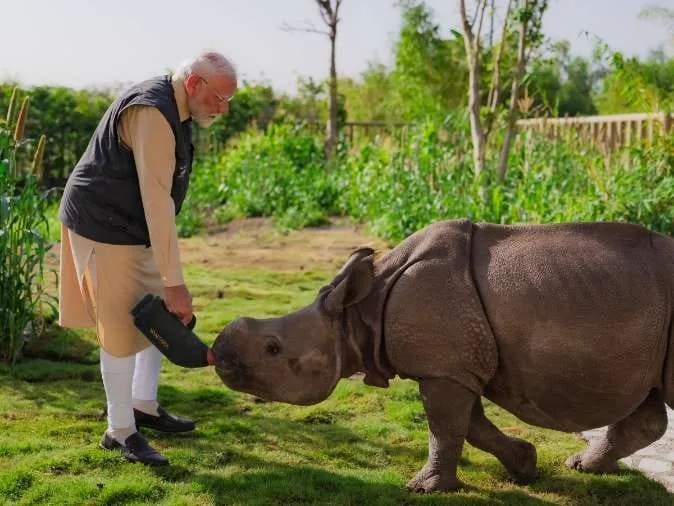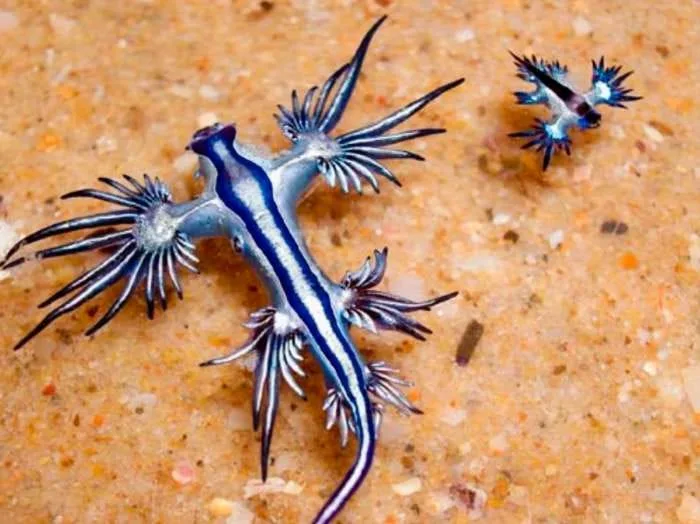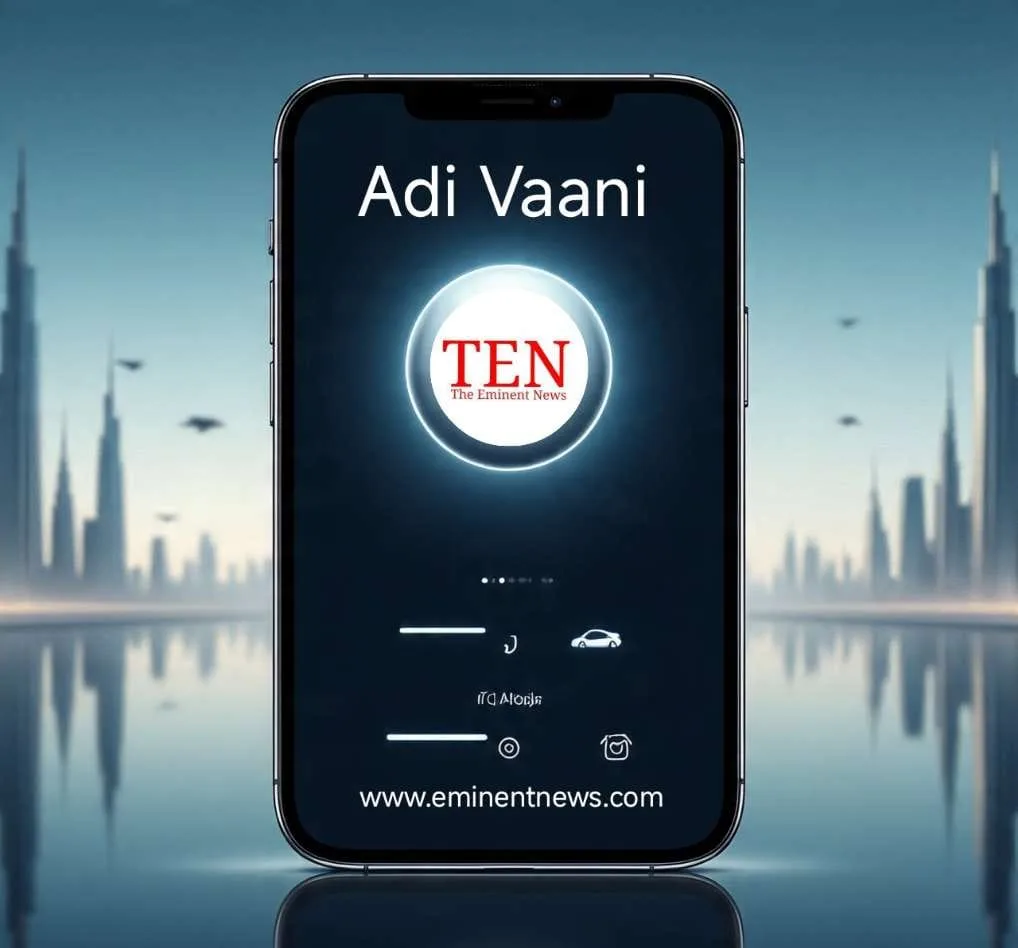The Maritime India Vision 2030 (MIV 2030) is a comprehensive plan outlining 150 initiatives aimed at propelling India to the forefront of the global maritime sector . It focuses on enhancing India’s logistics, infrastructure, and shipping industries and is centered around the Blue Economy as a critical element of economic progress .
Detailed overview:
- Objectives: MIV 2030 aims to improve the performance and efficiency of the Indian maritime sector to achieve best-in-class levels .
- Key Themes: The vision is structured around 10 key themes :
- Develop Best-in-Class Port Infrastructure: Upgrading port infrastructure to increase market share, including brownfield capacity augmentation, developing world-class Mega Ports, creating a transshipment hub in Southern India, and modernizing infrastructure .
- Drive End-to-End (E2E) Logistics Efficiency and Cost Competitiveness: Improving port access via road, rail, coastal, and inland routes. This involves mechanization, technology adoption, operational efficiency improvements, better evacuation processes, cost reduction, coastal shipping promotion, and port land industrialization .
- Enhance Logistics Efficiency Through Technology and Innovation: Strengthening maritime capabilities and improving Ease of Doing Business (EoDB) through a National Logistics Portal (Marine), digitalization, smart ports, and system-driven performance monitoring .
- Strengthen Policy and Institutional Framework: Improving governance mechanisms, amending existing laws, strengthening the Maritime Company Act (MCA), and promoting Public-Private Partnerships (PPP) along with fiscal support .
- Enhance Global Share in Shipbuilding, Repair, and Recycling: Channeling domestic demand for shipbuilding, developing common platforms for ancillary and marine design ecosystems, creating ship repair clusters, and promoting waste-to-wealth initiatives .
- Enhance Cargo and Passenger Movement Through Inland Waterways: Increasing the share of inland waterways by developing terminal infrastructure and fairways and implementing fiscal and regulatory policies to encourage vessel operators and cargo owners .
- Promote Ocean, Coastal, and River Cruise Sector: Developing infrastructure and a stable policy framework to attract global players to the Indian cruise market .
- Enhance India’s Global Stature and Maritime Cooperation: Strengthening connectivity with neighboring countries and driving collaboration with advanced maritime nations .
- Lead the World in Safe, Sustainable & Green Maritime Sector: Aligning with International Maritime Organization (IMO) standards and UN Sustainable Development Goals (SDG) by increasing the use of renewable energy, reducing emissions, optimizing water usage, and improving waste management .
- Become a Top Seafaring Nation: Promoting research and innovation, enhancing education and training, and developing a conducive ecosystem for seafarers .
- Consultation and Stakeholders: The vision was formulated through consultations with stakeholders across the public and private sectors .
- Expected Outcomes: The implementation of MIV 2030 is expected to significantly boost India’s maritime sector, drive economic growth, and create employment opportunities .





